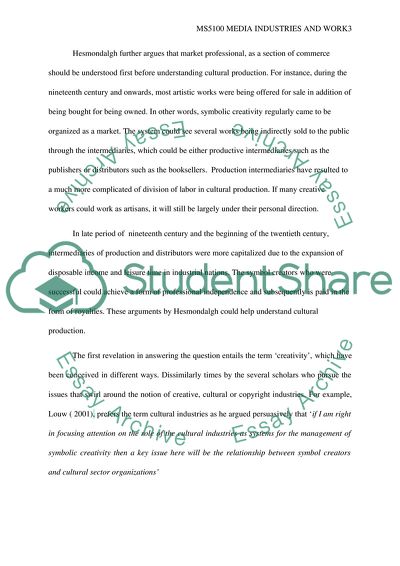Cite this document
(Understanding Cultural Productions and Commerce Essay, n.d.)
Understanding Cultural Productions and Commerce Essay. https://studentshare.org/media/1851630-ms5100-media-industries-and-work
Understanding Cultural Productions and Commerce Essay. https://studentshare.org/media/1851630-ms5100-media-industries-and-work
(Understanding Cultural Productions and Commerce Essay)
Understanding Cultural Productions and Commerce Essay. https://studentshare.org/media/1851630-ms5100-media-industries-and-work.
Understanding Cultural Productions and Commerce Essay. https://studentshare.org/media/1851630-ms5100-media-industries-and-work.
“Understanding Cultural Productions and Commerce Essay”. https://studentshare.org/media/1851630-ms5100-media-industries-and-work.


